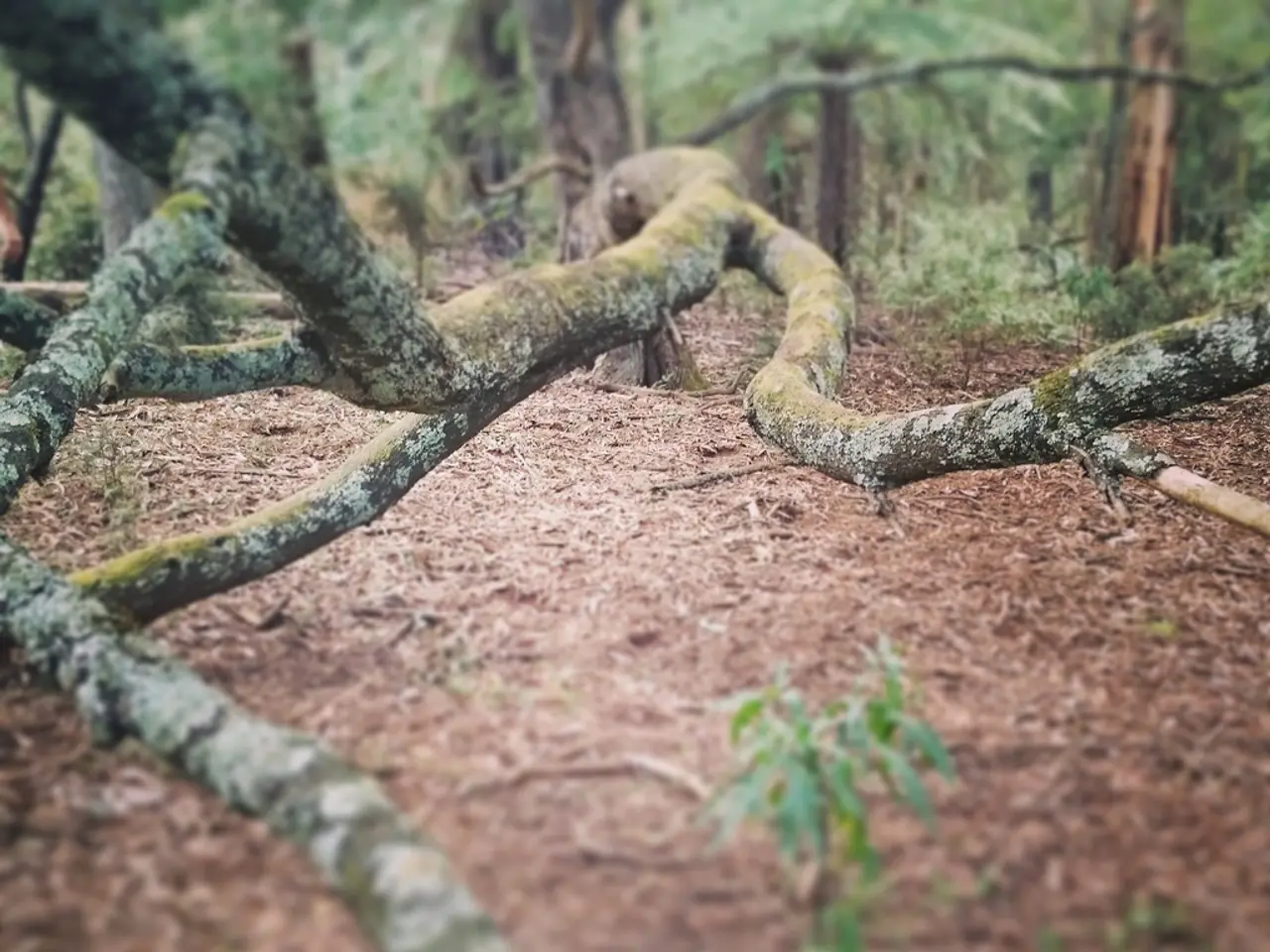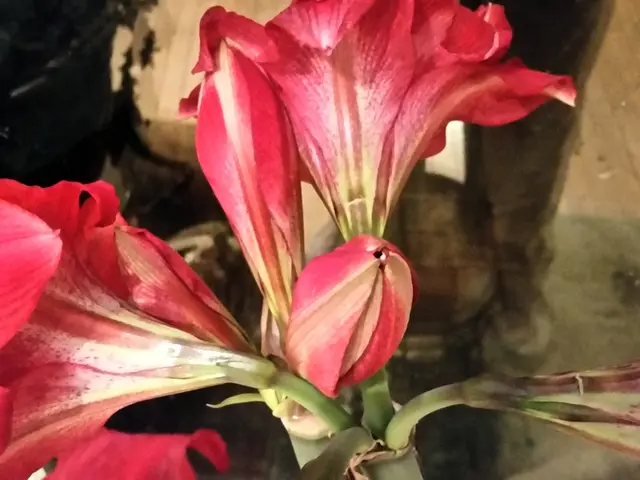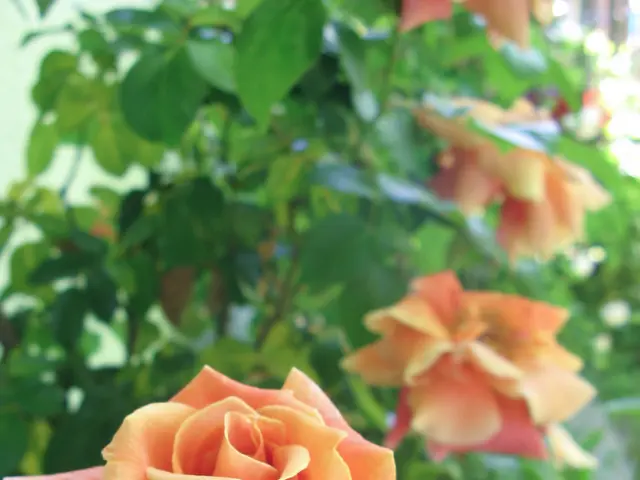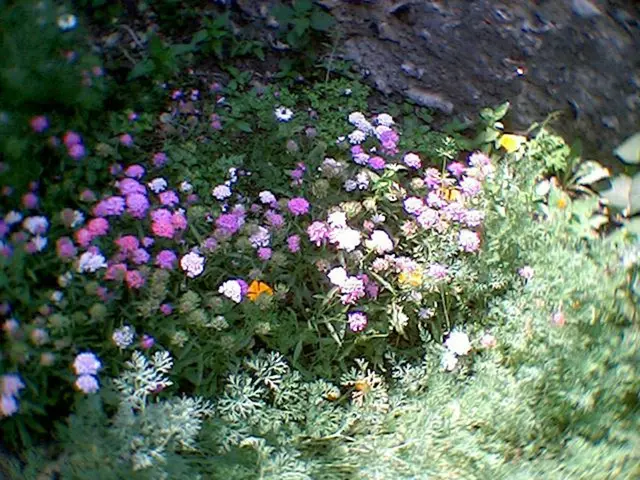Strategies for Selecting Premium Raised Bed Soil and Filling Methods
Step up your gardening game by acing the craft of picking quality raised bed soil! Here's the lowdown on how to create a flourishing raised bed garden all year round:
If you're new to elevated gardening or adding a fresh raised bed to your patch, keep reading for insights on what works like magic when it comes to filling your raised beds.
I've had my fair share of budget-saving experiments when starting out, and I'm here to share the techniques that saved my pocket and garden from peril.
First things first, understand this – quality raised bed soil is the cornerstone of a thriving garden. Skimp on it, and the king of your harvest will be just average at best. Your early choices set the stage for future success as well as the productivity of your garden throughout the years.
Ready to dive in? Let's kick things off with a look at the ingredients and techniques I use when filling my raised beds. Plus, I'll share some lessons I've learned the hard way so you don't have to!
Top Strategies for Choosing Quality Raised Bed Soil
Let's discuss the ins and outs of creating a kickass raised bed soil mix with the following topics on tap:
- Why Quality Soil Matters
- Core Components of Quality Raised Bed Soil
- Sifting Through Compost Choices
- Optimal Soil Ratios and Recipes
- Shortcuts without Sacrificing Quality
- The Essential Steps for Proper Soil Prep
Don't forget to snag your 2024 Garden Planner today to take your companion planting ambitions to the next level.
Why Quality Soil Matters
Think of your raised bed soil as the backbone of your garden. It's alive, teeming with life! When you introduce the right nutrients to your soil, it works hand in hand with your plants to provide them the nourishment and moisture they need to flourish.
So, what are we talking about here? Living nutrients like bacteria, fungi, and all sorts of critters make up your soil's ecosystem. Many of these organisms play a key role in delivering the nutrients and water to your plants' roots.
By focusing on building a living soil, you can stay away from chemical fertilizers – many of which may harm the soil life – and often keep additional organic inputs to a minimum. In some cases, you may not even need to fertilize at all!
Now that we've covered the basics, let's move on to building blocks of quality raised bed soil.
Core Components of Quality Raised Bed Soil
Quality raised bed soil has two main components:
- Topsoil
- Compost
Despite the deceptively short list, these are the absolute essentials for your raised bed soil.
Topsoil is the uppermost layer of soil found in nature, approximately 6-12 inches deep and composed of a mix of minerals, rocks, and organic matter. Topsoil gives your soil structure and helps it hold together.
You can source your own topsoil or grab bags from your local garden store or buy in bulk from a landscaping company.
Compost is broken down, decayed organic matter comparable to the lifeblood of your garden. This is where the action is! Compost is where many of the nutrients get their groove on.
You can make compost at home, buy bags, or purchase in bulk. While selecting the right compost may seem easy, it's actually tougher than you'd think. Bad compost, often tainted with harmful chemicals, can be a catastrophe for your garden.
Sifting Through Compost Choices
Choosing the right compost soil ingredients can be tricky. If you plan on making your own compost, keep in mind that unless you master the art of hot composting, you'll likely deal with garden produce seeds that can sprout and create a weed problem. I usually hide mine at the bottom of my raised beds to avoid light exposure and germination.
Opting for bagged compost? Be selective! A lot of cheap stuff is loaded with manure and a high amount of bark. Ask for recommendations from buddies who live nearby or online communities for advice on the best compost in your area.
My go-to compost is bulk compost I score from a local landscaping company that's proven reliable and acts as a fantastic all-rounder. But buying in bulk isn't always the best option. Sometimes, bulk compost can have chemicals added to it that may poison your garden. Check for test reports from your garden center or landscape supplier if available.
Bottom line – do your homework and find the top-notch compost in your local area. Once you do, you're golden!
Optimal Soil Ratios and Recipes
Once you've sourced your topsoil and compost, it's time to play mixing maestro!
Here's a commonly recommended harmony: a 50/50 mix of topsoil and compost. However, feel free to adjust this ratio based on personal preference and soil needs.
- Joe Lamp'l in The Vegetable Gardening Book prefers a mix with 50% topsoil, 30% compost, and 20% organic matter (like aged leaves and worm castings).
- Nicole Burke in Kitchen Garden Revival goes for a 103 ratio: 33% topsoil, 33% compost, 33% course sand, and 4% extra organic goodness like worm castings and aged manure.
- Gary Pilarchik in The Modern Homestead Garden suggests 50% peat moss or coconut coir and 50% garden soil, blended together. The final step is working in a few inches of compost to a 6-12 inch depth.
- CaliKim in The First Time Gardener's Raised Bed Gardening lays out several options for soil recipes based on what you have available, including budget-friendly bagged mixes.
- Mel's Mix, made popular by Mel Bartholomew's Square Foot Gardening, has no topsoil component, suggesting 1/3 peat moss, 1/3 vermiculite, and 1/3 compost with an abundance of organic additions.
My mission is to share a handful of options for soil so that you can select what flits your fancy! As you can see, most of these recipes include a mixture of topsoil, compost, and organic matter.
Shortcuts without Sacrificing Quality
Is time on your side? Let's talk shortcuts for workshopping your raised beds with minimal fuss.
To save on costly soil, you can fill the base of your raised bed with less expensive organic matter like straw, shredded leaves, sticks, and pinecones. Then, top it off with your high-quality compost-topsoil blend.
If you're using raised beds with heights of 15," you can go about filling them with the following method: In three-part layers, use (1) logs for bulk, (2) prunings and straw, (3) leaves to fill the gaps, and (4) finish it all off with your soil mix. For taller raised beds, increase the amount of organic matter to 50%.
One last point of importance – be aware that by taking this approach, your raised bed soil levels will settle and decrease over time. Prevent compaction and settle the layers between waterings, and give extra care to your soil when you plant.
The Essential Steps for Proper Soil Preparation
By now, it should be crystal clear that selecting high-quality soil for your raised bed is essential. Regardless of whether you're a novice or seasoned green thumb, spending time on choosing the right ingredients and employing effective filling techniques will set you up for success now and in the future.
Remember, the abundance of your harvest and the long-term health of your garden depend upon choosing your raised bed soil mix wisely from the get-go. So put on your gardening gloves, get ready to dive in, and let's do this!
Share on Facebook
Share on Twitter
Share on Pinterest
Share on Email
Share on WhatsApp
- To elevate your gardening lifestyle, focus on quality raised bed soil for creating a flourishing garden all year round.
- Understand the importance of quality soil as a living ecosystem that provides plants with essential nutrients and moisture.
- Core components of quality raised bed soil include topsoil and compost, both vital for soil structure and nutrient delivery.
- Sifting through compost choices is crucial to avoid harmful chemicals; opt for locally sourced, tested compost or make your own with careful consideration.
- Proper soil preparation includes learning optimal soil ratios, recipes, and shortcuts while considering seasoned gardening advice, and a 2024 Garden Planner can help you take companion planting ambitions to the next level.








